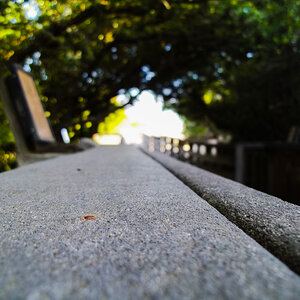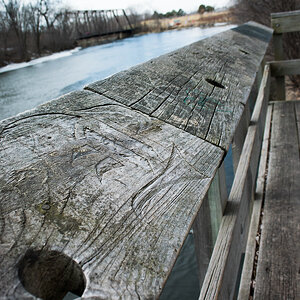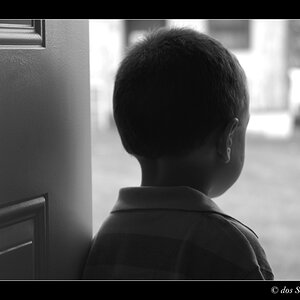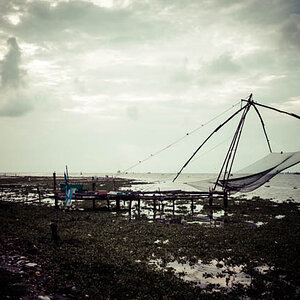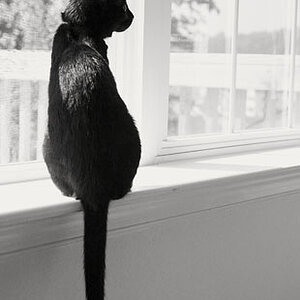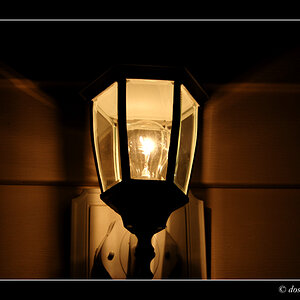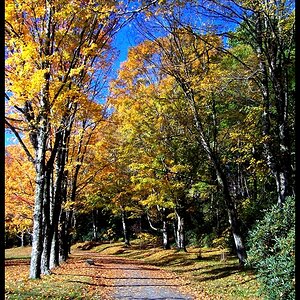dennybeall
No longer a newbie, moving up!
- Joined
- May 13, 2014
- Messages
- 2,308
- Reaction score
- 441
- Location
- OTOW - Ocala, Florida
- Website
- www.citrusphotorestore.com
- Can others edit my Photos
- Photos OK to edit
It appears the focus point is the jump way in the back of the photo. While the OP was looking at the space above the rails in this jump, the camera focused further out. The horse moved into the shot but the camera didn't refocus. Could be focus was set to Center. Takes a while to get used to different focus settings.


 I agree with the comments about using the Manual mode, but I would first start with AV and TV and move your way up to Manual. I still haven't even mastered ISO settings yet *shyly awaits criticism*
I agree with the comments about using the Manual mode, but I would first start with AV and TV and move your way up to Manual. I still haven't even mastered ISO settings yet *shyly awaits criticism* 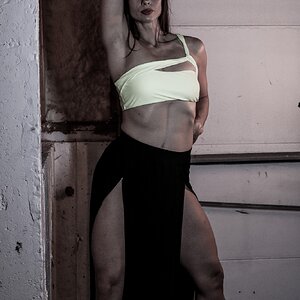
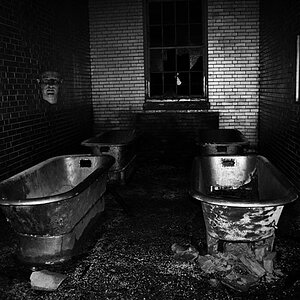
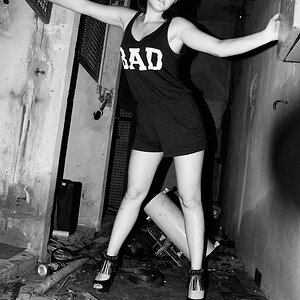
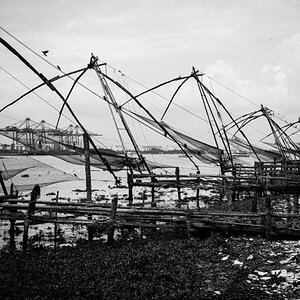
![[No title]](/data/xfmg/thumbnail/42/42453-e95056d39ba6f0ce0e7a7fff81041853.jpg?1619740190)
